In the Kostroma region, 550 km from Moscow to the northeast, near the city of Chukhlom are two wonderful termes, subject to forests and abandoned villages.
"The tree is Russia, this is our story, our contribution to world culture. There is no Italian part of the soul of the Kremlin Cathedrals in the tree. The tree is a Russian" self-empty space. "
The situation in the preservation of wooden architecture is one of the most sad. We found the 1942 album of the publication dedicated to the wooden architecture. For 70 monuments selected in the 1942 album, it came to us 27. And there was a brought the best of the best. Private wooden architecture disappeared by 90% or more. Likewise, there are no one country around the whole country that you can show our children and say - here it is Russia, chopped in the rolling, here is her church and chapels, rich and poor, light and smokers, oxes and gums, barns and baths, wells And worship crosses.
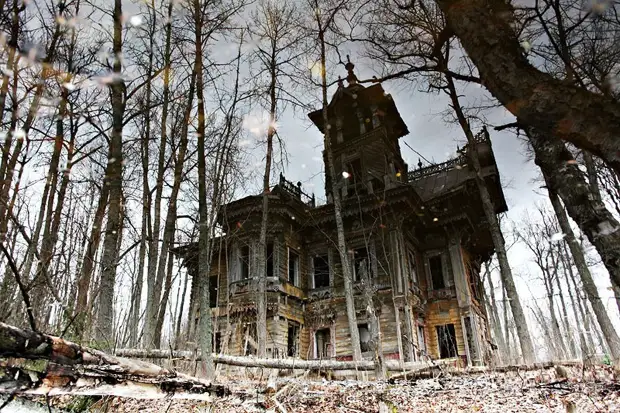
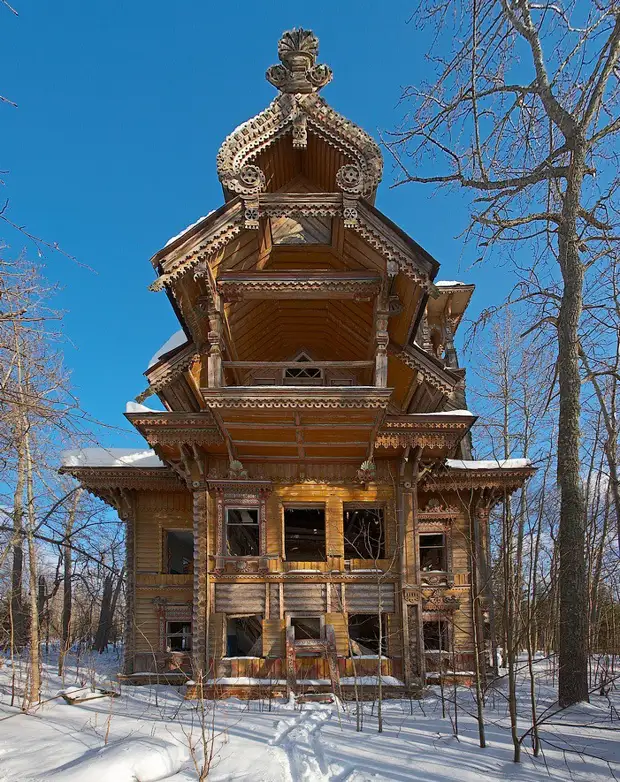
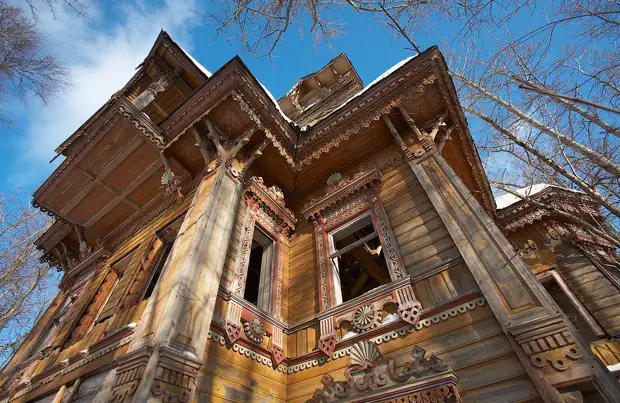
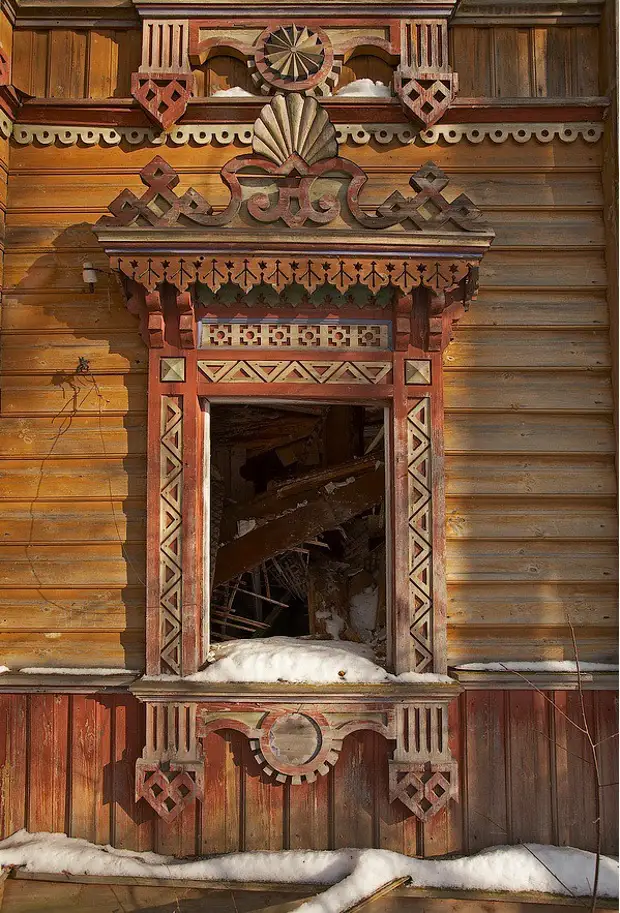
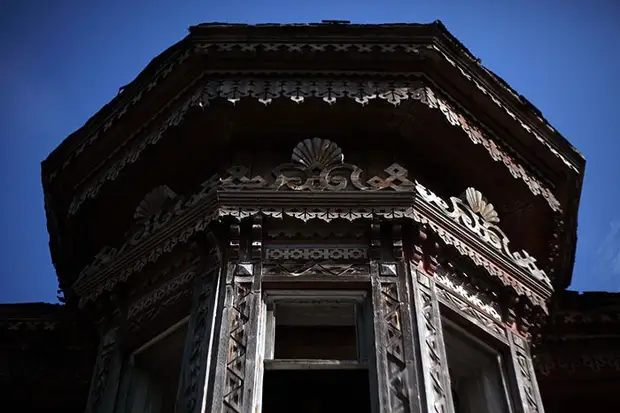
And such he was
Later it turned out that the construction of the house was used as part of the project of the famous architect Ivan Pavlovich Ropet, published in the magazine "Motives of Russian Art."
And built the house of Martyan Sazonovich Sazonov Peasant, a native of the village of Astashevo Chukhlom district, a joiner, a successful entrepreneur, a patron, in 1897.
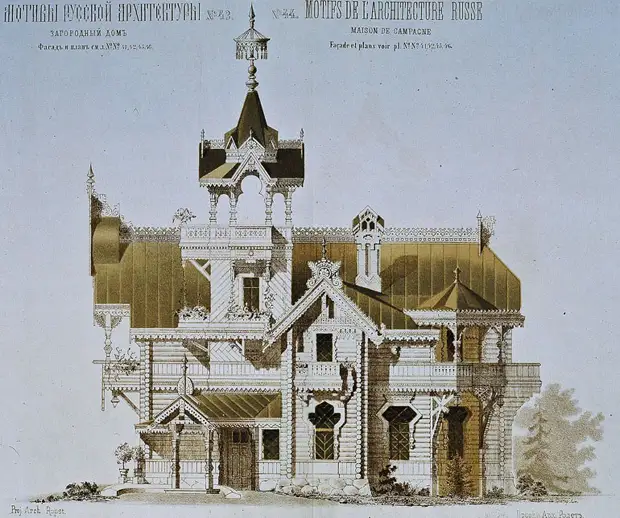
In the center of the owner of the house Martyan Sazonovich Sazonov (1842-1914) and Ekaterina Alekseevna Sazonova (in Dobrovolskaya's Maiden) (1875-approx 1950), his second wife; For them, according to the appearance of the father of Catherine, the decek of Ilinskaya church; And perhaps her sister; Peasants Astashevo and the surrounding villages.
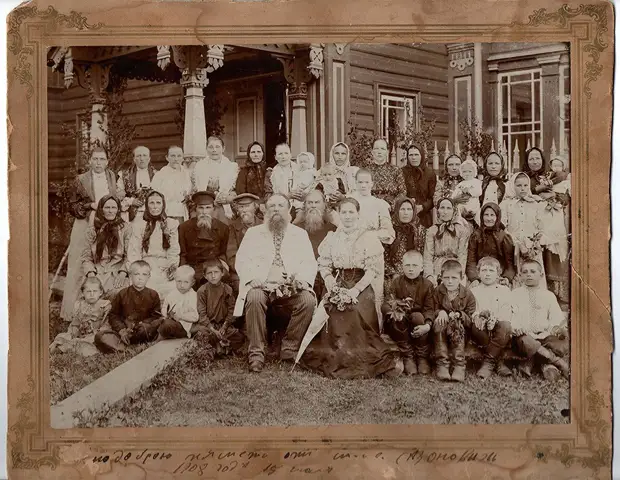
So the house looked at the beginning of the 20th century.
Well, then decades of oblivion.
"Sazonov left the house shortly after the revolution, bringing all the furniture.
In 1943, the house opened in it staged mail, library and paramedic point. The gazebo by that time already completely rotted and at her place staged a dance floor. The windows of the terrace knocked out in the 1950s and she stood open. And in the 60s, the roof flowed. It seems to be even bought iron to overlap, and then they opened the attic and saw that everything was impaired. Mail and the Feldshera point moved, and the library was generally closed. And soon the village extinct and all the forest row. "
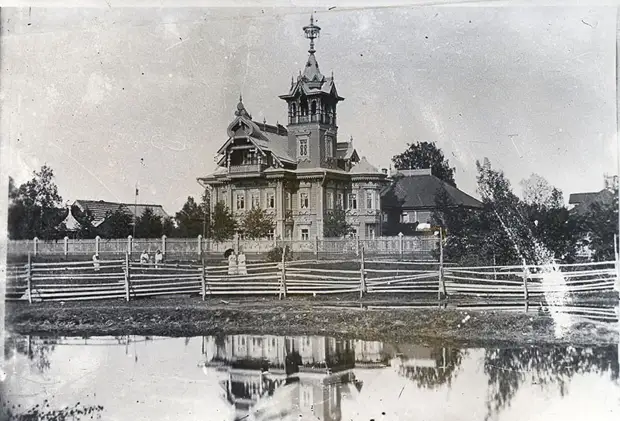
The second house is no less interesting and beautiful.
"Pogorelovo is a forgotten and abandoned village in the Kostroma region. When it was a state (and therefore rich) village. Local peasants were mainly produced by waste, that is, we went to work in Peter. Some earned decently and firmly became on their feet. In one of Ivan Dmitrievich Polyshov was born by Ivan Dmitrievich Polyash. The crown of his career was a subcontract on the repair work in the Winter Palace. Having received the status of an offacarious honorary citizen, Polyashov built a house in 1903 (and also became one of the largest landowners of the Chukhlovsky County, built a modern mill On the Viga, the chapel in Pogorelovo, the new one in the parish church in Dorka, etc.). "
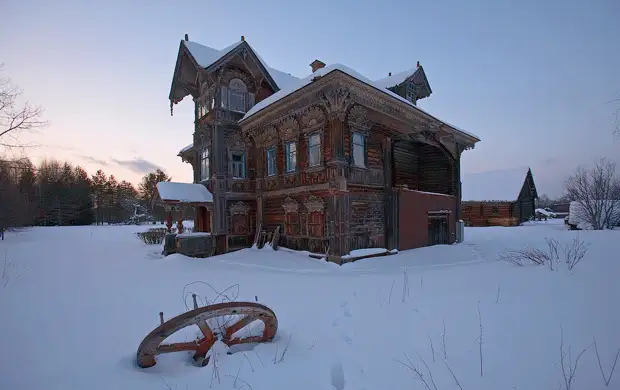
"The house is unique with its eclecticism - building with a complex volumetric layout, energizing with the best samples of country cottages in the Russian style, with incredibly rich interior of the front rooms, at the same time perfectly from a rustic point of view - everything is done here on the mind and is all adapted for referring peasant farm. "
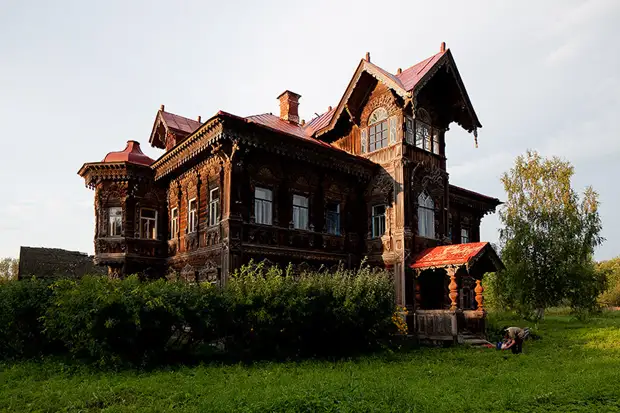
"The fate of the house after the revolution repeats the fate of dozens of the estates of the Kostroma region - the house was requested in 1918. Polishov moved to one of the rooms on the first floor, and in the house there were a village council and several peasant families. Polyashov died in 1935, avoiding the derailization and repression.
In 1972, the village council closed and left the Polish house. The house would be undoubtedly disappeared if not a pure accident. The features of Moscow avant-garde artists - Anatoly Zhigalov and Natalia Abalakova quite by chance, by the same summer, a catering campaign on River Viga was conceived. The Chukhlom region in those days was still a terrible way, the roads were just beginning to be built, An-2 had to get here from Kostroma. In addition, the Kostroma region was several times less popular than the Russian north in terms of catering hikes. Therefore, their appearance in Pogorelovo was a complete accident. Seeing the house, Anatoly bought it (which was not easy - as in all cases of buying state ownership). "
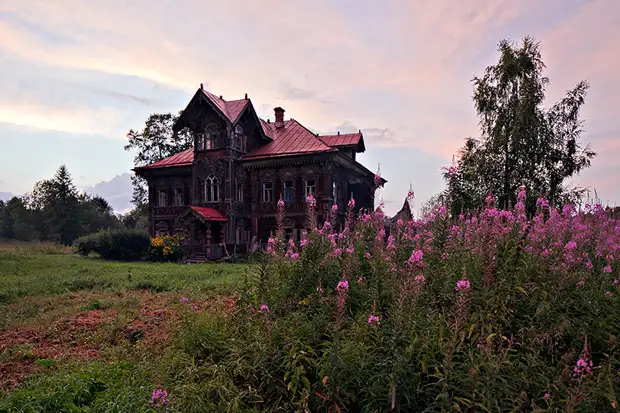
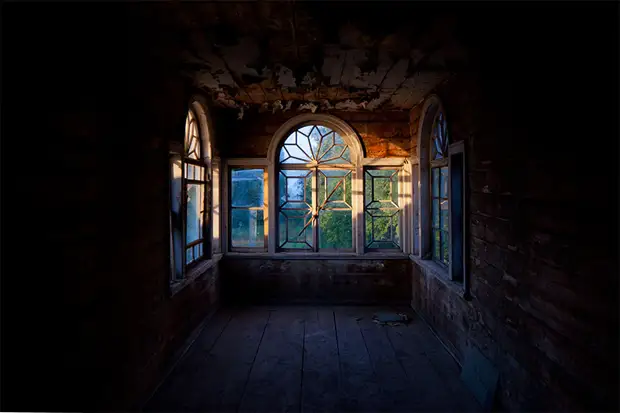
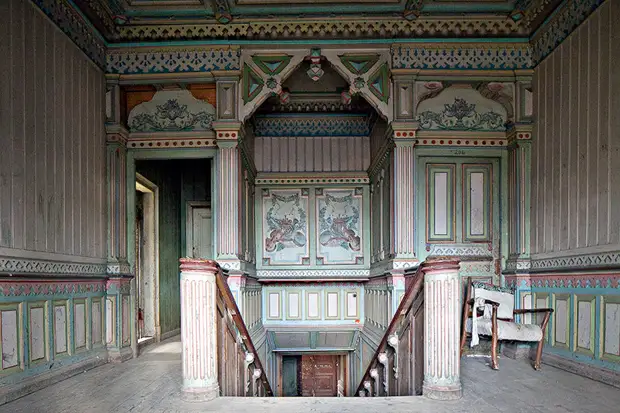
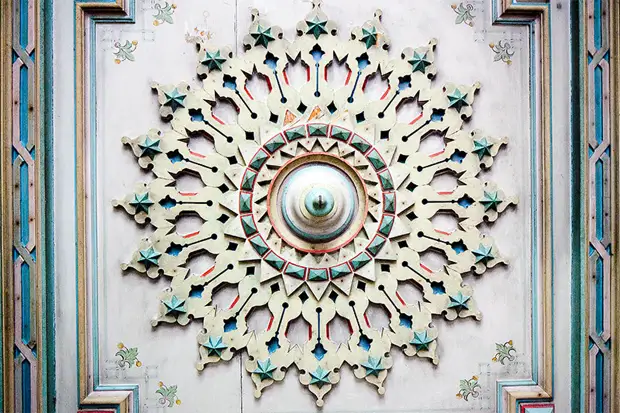
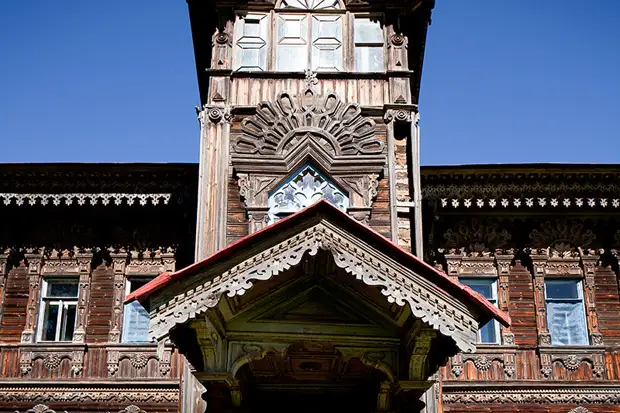
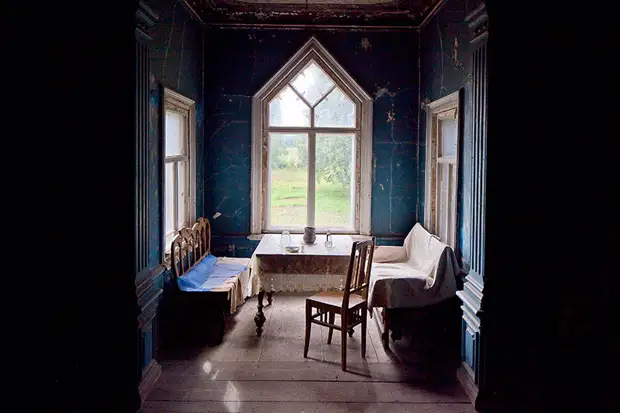
A source
